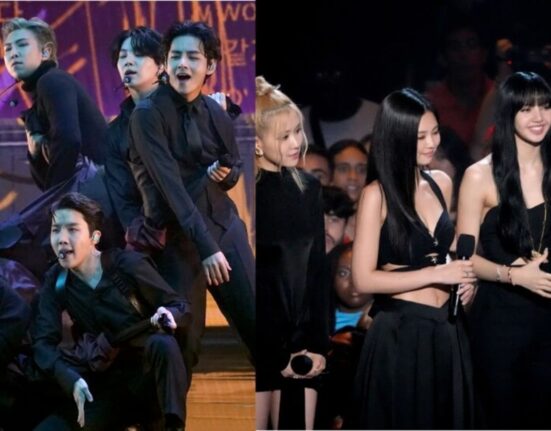When Frances Reynolds, sister and housekeeper of Sir Joshua, showed him her own paintings, her brother quipped that she “makes other people laugh and me cry”. It’s a comment typical of centuries of contempt for women’s art, and unfair: her depiction of the family friend Elizabeth Montagu as a refined, elderly lady wrapped in a muslin shawl, gazing down, is technically competent and a benign rendering of what Frances called “the beauty of old age”.
Frances derived the pose and composition from Joshua’s slightly earlier portrait of Montagu, a bluestocking hostess and philanthropist nicknamed “Queen of the Blues” by Samuel Johnson. Indubitably Joshua’s version is more animated, the figure has greater volume, presence and, flatteringly, looks younger. But it was Frances’s honest, earnest portrait, Montagu wrote, that “could make me proud to shew an old face to the public”.
Frances Reynolds is one of the hundred names gathered for Tate Britain’s vast, engaging, unexpected survey Now You See Us: Women Artists in Britain 1520-1920. All were driven, working against frustrations and disappointments, to varying success. Even those prominent in their day usually became obscure after their death. First and foremost, this is an impressive act of excavation.
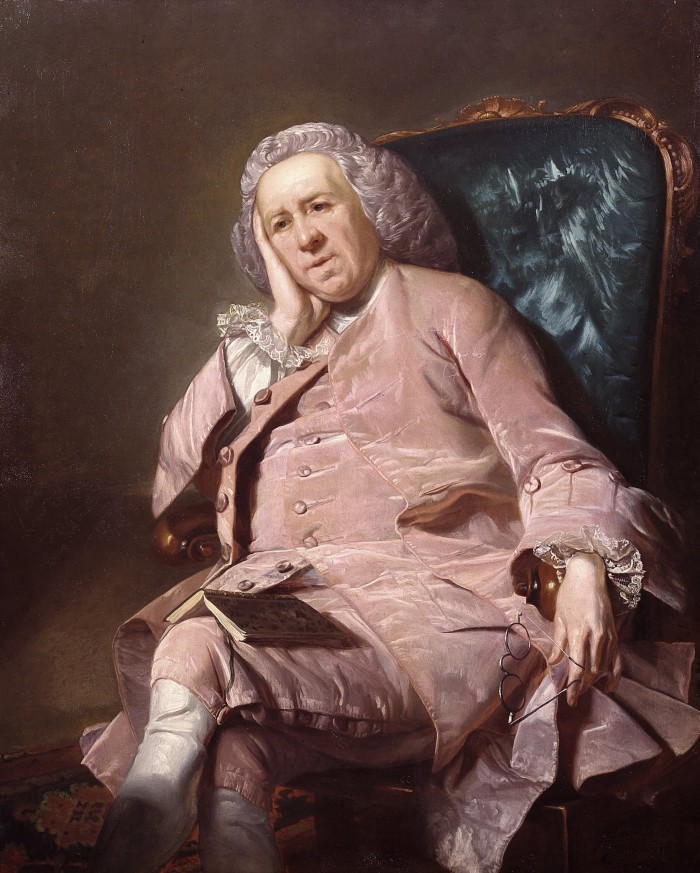

Twenty-seven-year-old Mary Black’s sparky portrait of fat, slouching physician “Messenger Monsey” (1764) in crumpled pink suit and wig was rewarded with letters from Monsey calling her a “slut” for her “saucy” demand for payment; she gave up painting to become a drawing teacher.
Emily Osborn painted meticulously textured, sentimental Victorian scenes, but reversed the moral message: rather than the fallen woman of Victorian tradition, in “Nameless and Friendless” (1857) a young widow trying to sell a canvas is ogled from all angles by the men in the gallery. Osborn was active and well connected — from nursing the wounded in the Franco-Prussian war to painting the frank portrait (1884) of educationalist Barbara Bodichon for Girton College — until her death aged 97, then completely forgotten.
Still into the 20th century there are intriguing names for whom birth and death dates remain unknown: Dolores Courtney, for example, whose cubist-inflected “Still Life” (1916) in ochre yellows and deep reds is striking and rhythmic, stronger than the muddied compositions of her friend Vanessa Bell. The pair exhibited together at the Omega workshop.

Like Frances Reynolds, many of these artists were daughter, sister, wife of a painter, which gave essential access when art-school training was restricted to men. Like Frances, most closely followed stylistic conventions and subjects set down by their male peers. Becoming and being accepted as an artist was hard enough, there was scant energy left for radicality — aesthetic, social or political.
Tellingly, even Georgian celebrity Angelica Kauffman kept tightly to neoclassical patriarchal themes, and her female figures are unthreatening, insipid — “Andromache Fainting”, women swooning at “The Return of Telemachus”. In the 19th century, the successful Pre-Raphaelite Marie Spartali Stillman painted heroines as dreamy, passive and flower-encircled (“The Rose from Armida’s Garden”) as those by her male colleagues. How fascinating that the Victorian novel boasts pioneering feminist heroines — Jane Eyre, Dorothea Brooke — while women painters remained shackled by convention.

In truth, there is just one outstanding original here — Artemisia Gentileschi. “Self-Portrait” and “Susanna and the Elders” are included because they were made during her stay in London in 1638-40. Glorious in immediacy, verve, luminosity, colour as drama, they also exhilarate for their female viewpoint, especially “Susanna”. This narrative was popular as a staging for a luscious nude, spied on by the elders. Artemisia instead paints a frightened, vulnerable, confused girl — evoking fear and empathy, not the pull of sex.
Artemisia is an outlier; Britain has never had a comparable female artist. Nevertheless, at every turn this story of British art without men illuminates and cheers. Pursuing an essentially optimistic trajectory, Tate charts how women painters became stronger, more diverse, open to multiple perspectives, as educational and professional opportunities widened.
The figures in Anne Killigrew’s maladroit “Venus Attired by the Three Graces” (1680) are anatomically absurd; this young woman, who died of smallpox aged 25, had no chance to study life models. Two centuries later, the drawing and manipulation of drapery in Evelyn De Morgan’s life-size, twisting, crimson-cloaked figure “The Martyr (Nazuraea)” (1880) are extremely accomplished. De Morgan had worked from nude models at the Slade, which admitted female students from its launch in 1871; she had also observed Renaissance figure painting on an Italian tour with her uncle, symbolist painter John Roddam Spencer Stanhope. Her “Martyr” is bound to the stake — women’s historic chains? — but the inward look, billowing tresses and dress, feet splashing as the sea rushes behind, imply freedom of mind and spirit.
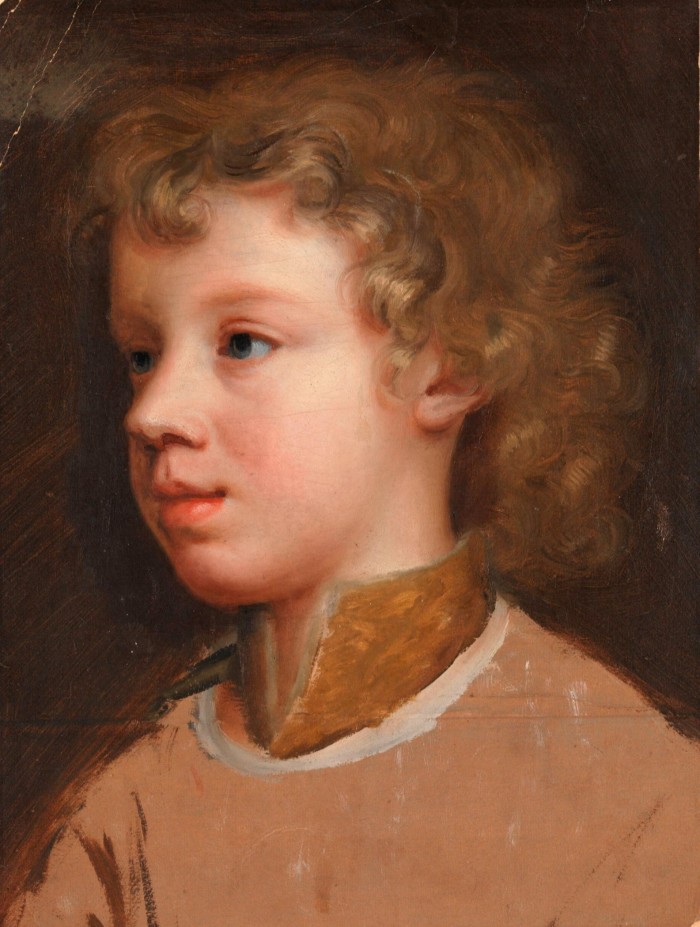
A theme throughout is that women paint women differently from the way men do. Indeed, the early imitators prove the point. Although compositions are awkward, figures poorly integrated into the landscape, what is so refreshing about the show’s Van Dyck-esque portraits of satiny figures against breezy backcloths — Mary Beale’s “Anne Sotheby”, Maria Verelst’s “Anne Blackett” — is the women’s expressions: thoughtful, self-contained, not trying to please or catch attention.
So too when Katherine Read follows Gainsborough’s rococo portraits in romantic settings — “Sarah, Lady Pollington” beneath storm clouds, “Willielma Campbell” posed with her lute, leaning on a rocky outcrop. Their frank, intelligent, independent gazes hold us. Gainsborough’s feathery eroticism, of flesh and glance, silk and lace, is quite absent.
The contrast makes you realise anew how thoroughly the icons of female beauty and expression created by male painters since the Renaissance, and influential even today, are sexually charged — and also what is lost without that sensual touch. Gainsborough thrills. Read is merely graceful, restrained — her “Self-Portrait” suggests a questioning intelligence. Failing to sustain a London career, she sailed to India to paint officers’ portraits, dying at sea near Madras.
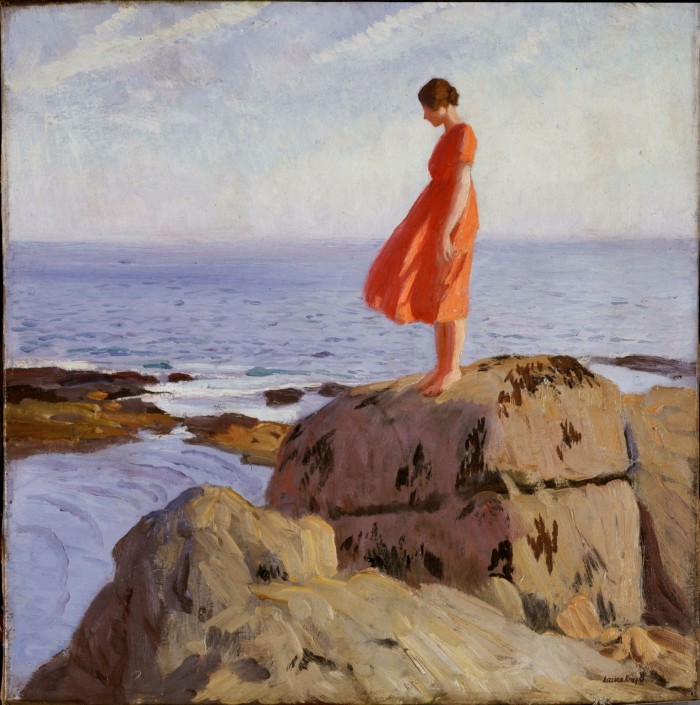
This show raises many questions about the relationship between art and social history, and also geography. Turner and Constable apart, British art from 1520 to 1920 is notoriously insular and over-literary, limitations apparent here too. In every gallery, the pioneers combating geographic as well as gender restrictions shine.
Of the Victorians, it is Whistler’s friend, Paris-trained Louise Jopling — her self-portrait “Through the Looking Glass” and “A Modern Cinderella”, a weary model hanging up her costume, play with mirrors and reflections in lively, loose strokes — and Elizabeth Butler, a student in Florence, who stand out. An unprecedented subject for a woman, her “Roll Call”, depicting exhausted soldiers trudging through Crimean snow, was a Royal Academy sensation, purchased by Queen Victoria.
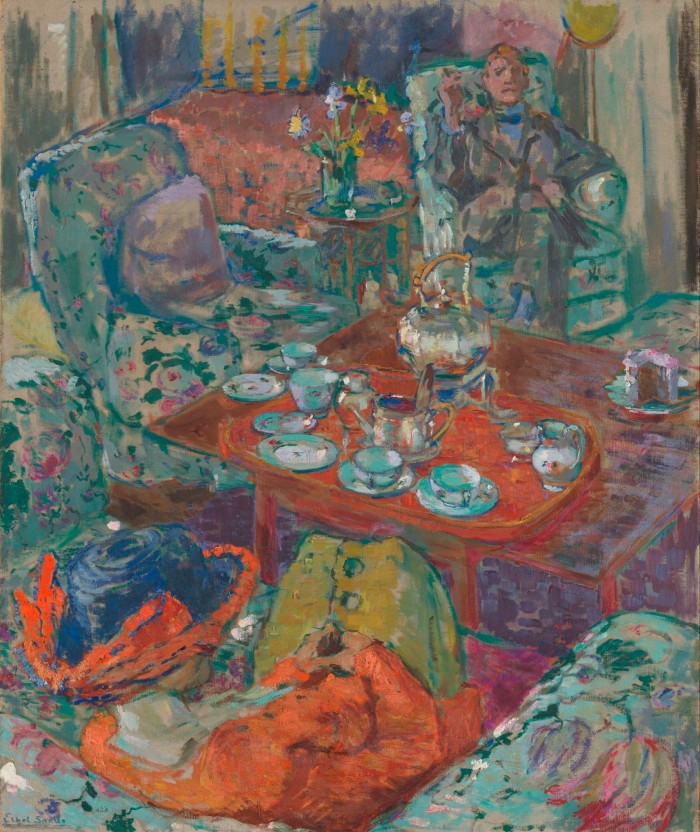
Among the Edwardians, Ethel Sands’ profusion of line and colour in the delightful “Tea with Sickert” recalls Vuillard’s layered interiors — Sands studied in 1890s Paris — and Ethel Walker, a pupil at Montmartre’s Académie Julian, delivers the show’s grand finale with “The Music Room”, depicting suffragist Una Dugdale full-length in brilliant jade against a decoration of furiously fighting cocks. Battles to recover, understand and place British women’s art in context will run and run; this landmark exhibition superbly maps the territory.
To October 13, tate.org.uk


